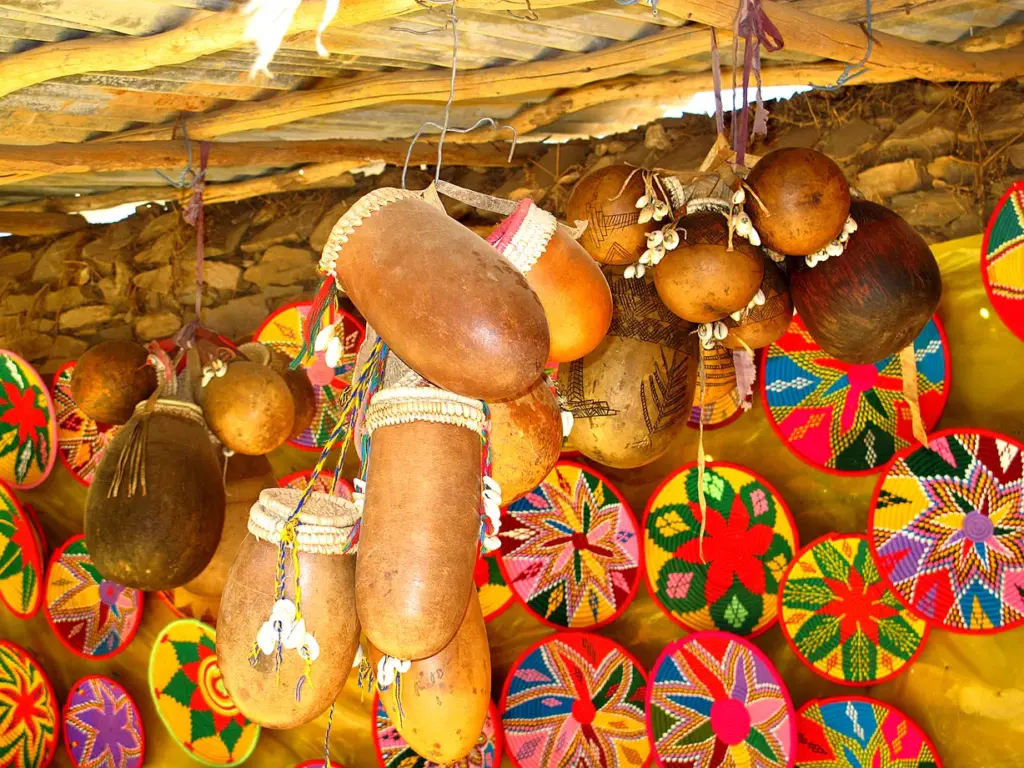The Enchanting Charms of Sucre, Bolivia: A Glimpse into Its Unique History and Culture
Sucre, often referred to as the ‘White City’ due to its whitewashed colonial buildings, is a city whose charm and uniqueness are embedded in its rich history and vibrant culture. Tucked in the foothills of the Andes, Sucre is a must-visit destination for travelers seeking to delve into Bolivia’s past and experience its diverse cultural tapestry.
The Historical Significance of Sucre
Sucre is a city that breathes history. As Bolivia’s constitutional capital, it was here where the country declared its independence on August 6, 1825. The city’s historical significance is reflected in its well-preserved colonial architecture, with many buildings dating back to the 16th and 17th centuries. Walking through Sucre feels like stepping back in time.
The centerpiece of this historical journey is the Casa de la Libertad, where the Bolivian Declaration of Independence was signed. The building itself is a masterpiece, showcasing colonial Spanish architecture and housing a museum that displays artifacts and documents from the independence era.
Architectural Marvels and Heritage Sites
Sucre’s streets are lined with whitewashed buildings adorned with ornate balconies, red-tiled roofs, and beautiful courtyards. The city’s architectural heritage is so well-preserved that it has been declared a UNESCO World Heritage site. One of the most iconic structures is the Metropolitan Cathedral, a stunning example of Baroque and Renaissance architecture that took nearly 250 years to complete.
Another must-visit is the San Felipe Neri Church and Convent. From its rooftop, visitors can enjoy panoramic views of the entire city while marveling at the intricate details of its colonial-era construction. These architectural wonders offer a glimpse into Sucre’s colonial past and its blend of Spanish and indigenous influences.
Cultural Richness and Festivals
Sucre is not just a historical city; it is also a vibrant cultural hub. The city comes alive with numerous festivals and cultural events throughout the year. The most famous is the Festival de la Virgen de Guadalupe, a colorful celebration that takes place in September. The festival is marked by parades, traditional dances, music, and elaborate costumes that reflect the mestizo identity of the people.
The Oruro Carnival, celebrated in Sucre with just as much fervor as in Oruro itself, is another cultural highlight. It features traditional Bolivian dances such as the Diablada and Morenada, along with vibrant costumes and lively music that captivate visitors and locals alike.
Culinary Delights of Sucre
Sucre’s culinary scene is as diverse as its cultural heritage. The city offers a plethora of traditional Bolivian dishes that tantalize the taste buds. One such dish is the Salteña, a delicious pastry filled with meat, vegetables, and a slightly sweet, savory broth. It’s a popular snack that can be found at street food stalls throughout the city.
Another local favorite is Mondongo, a hearty pork stew cooked with hominy, chili, and locally grown spices. This dish is typically served during festivals and family gatherings, offering a taste of Sucre’s culinary traditions. For dessert, travelers should not miss trying the famous Chocolates Para Ti, made from locally sourced cacao and renowned for their rich, indulgent flavor.
Educational and Cultural Institutions
Sucre is home to several prominent educational and cultural institutions. The University of San Francisco Xavier, one of the oldest universities in the Americas, was founded in 1624 and has played a significant role in the city’s development as an intellectual center. Its libraries and historical buildings are open to visitors, providing a wealth of knowledge about the region’s academic and cultural evolution.
The Museo de Arte Indígena, another notable institution, showcases the rich cultural heritage of Bolivia’s indigenous communities. The museum features a vast collection of traditional textiles, pottery, and other artifacts that tell the story of the country’s diverse indigenous populations. A visit here offers deep insight into the cultural fabric that makes Sucre truly unique.
Natural Beauty and Outdoor Activities
Surrounded by breathtaking landscapes, Sucre is an excellent base for exploring the natural beauty of Bolivia. Hikers and nature enthusiasts will find plenty of trails and outdoor activities to enjoy. The nearby Maragua Crater is a geological wonder, known for its unique rock formations and fossilized dinosaur footprints. The trek to the crater is a popular adventure, offering stunning views of the Andes and the opportunity to connect with nature.
For those seeking a more relaxed outdoor experience, the Parque Cretácico is a must-visit. This dinosaur-themed park boasts the world’s largest collection of dinosaur footprints, offering an exciting family-friendly experience. The park’s interactive exhibits and guided tours provide a fascinating look into the prehistoric era.
Artisanal Crafts and Local Markets
Sucre’s markets are treasure troves of local craftsmanship. The Mercado Central is a bustling hub where visitors can find everything from fresh produce to handmade souvenirs. This vibrant market is a great place to immerse oneself in the daily life of Sucre’s residents and to sample local delicacies.
For those interested in artisanal crafts, the ASUR Indigenous Art Museum and Market is the place to go. Here, artisans from various indigenous communities sell their handmade textiles, jewelry, and ceramics. These unique, handcrafted items make perfect souvenirs and also support the local economy.
Inspiring Day Trips from Sucre
Sucre’s location makes it an ideal starting point for several inspiring day trips. The charming town of Tarabuco, known for its vibrant Sunday market, is only a short drive away. The market is famous for its traditional Yampara culture and intricate weavings, offering a glimpse into the region’s indigenous heritage.
Another popular excursion is to the Potosí mines, a UNESCO World Heritage site. The silver mines of Cerro Rico have a storied past and played a crucial role in the Spanish colonization of the Americas. A guided tour provides insight into the challenging conditions faced by miners and the impact of silver mining on Bolivia’s history.
Conclusion: Why Sucre, Bolivia Should Be on Your Travel List
Sucre, with its rich history, architectural beauty, vibrant cultural scene, and stunning natural surroundings, offers a unique and enriching travel experience. Whether you are a history buff, a culture enthusiast, or an adventurer, Sucre has something special to offer.
As you stroll through its picturesque streets, explore its historical sites, and engage with its welcoming locals, you will discover a city that is truly one-of-a-kind. Sucre’s unique blend of past and present invites you to immerse yourself in the authentic Bolivian experience, making it a destination that should not be missed.



